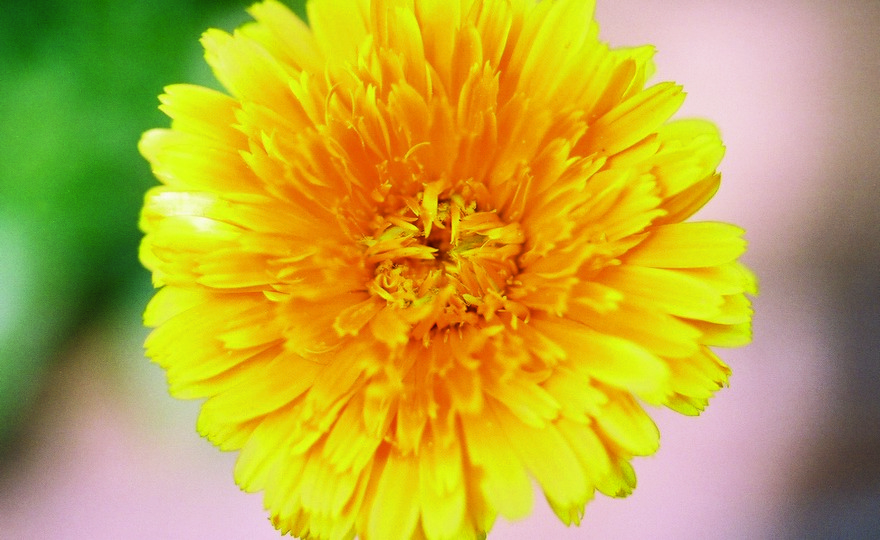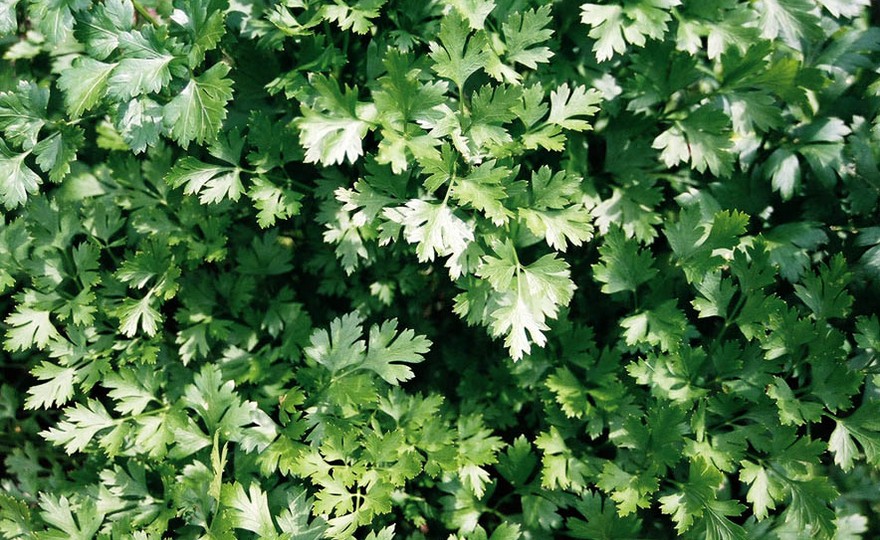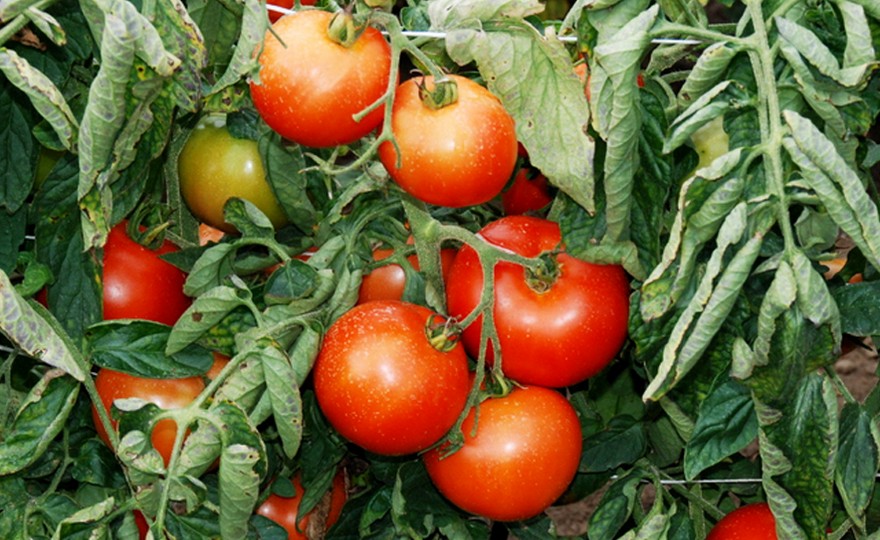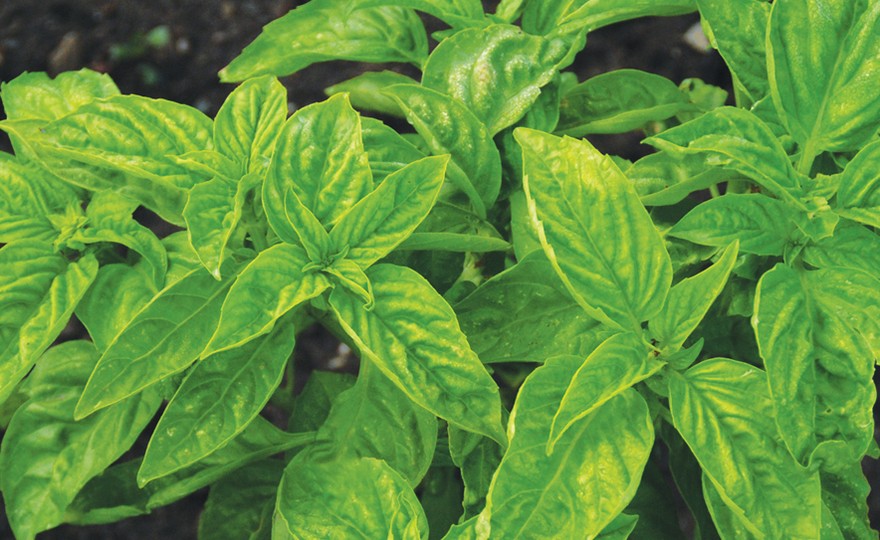
Asparagus Roots, Purple Passion, 10 per bag
-
- **SOLD OUT** HOLIDAY GIFTS **SOLD OUT**
- **SOLD OUT** Holiday Books **SOLD OUT**
- **SOLD OUT** Holiday Citrus **SOLD OUT**
- **SOLD OUT** Holiday Gift Certificates **SOLD OUT**
- **SOLD OUT** Holiday Paperwhites **SOLD OUT**
- **SOLD OUT** Holiday Praying Mantis Kits **SOLD OUT**
- **SOLD OUT** Holiday Tools **SOLD OUT**
- **SOLD OUT** Holiday Wildflower Mixtures **SOLD OUT**
- Citrus Trees
- **SOLD OUT** - Vegetable and Herb Plants - Mix & Match any 6 Plants for $50 - Only Shipped in Quantities of 6
- Elephant Ear Plants & Roots
- **SOLD OUT** 4-Inch Pot Herb Plants **SOLD OUT**
- Rare Plants
- **SOLD OUT** Vining Plants **SOLD OUT**
- Asian Seeds
- Beneficial Bugs
- Books
- Citrus Fertilizers
- Cold-Treated Bulbs - SEE BULBS FOR FALL PLANTING TO ORDER
- Cold-Treated Allium
- Cold-Treated Chionodoxa
- Cold-Treated Crocus
- Cold-Treated Hyacinthoides
- Cold-Treated Hyacinthus Orientalis
- Cold-Treated Narcissus
- Cold-Treated Cyclamineus Narcissus
- Cold-Treated Double Heirloom Narcissus
- Cold-Treated Jonquilla Narcissus
- Cold-Treated Large Cupped Narcissus
- Cold-Treated Poeticus Narcissus
- Cold-Treated Small Cupped Narcissus
- Cold-Treated Species Miniature Narcissus
- Cold-Treated Split Cupped Narcissus
- Cold-Treated Tazetta Narcissus
- Cold-Treated Triandus Narcissus
- Cold-Treated Trumpet Daffodils
- Cold-Treated Ornithogalum
- Cold-Treated Rock Garden Iris
- Cold-Treated Scilla
- Cold-Treated Tulips
- Cold-Treated Emperor Tulips
- Cold-Treated Fringed Tulips
- Cold-Treated Green or Viridiflora Tulips
- Cold-Treated Lily Flowering Tulips
- Cold-Treated Parrot Tulips
- Cold-Treated Peony Flowering Tulips
- Cold-Treated Single Early Tulips
- Cold-Treated Single Late Tulips
- Cold-Treated Species Tulips
- Cold-Treated Triumph Tulips
- Flower Bulbs, Corms and Tubers
- Bulbs for Spring Planting
- Bulbs for Fall Planting - ALL BULBS AVAILABLE ARE COLD TREATED FOR PLANTING AS SOON AS SOIL CAN BE WORKED
- Fall Blooming Bulbs
- Garden Tools & Equipment
- Gift Certificates
- HHH Exclusive Wildflower Mixtures
- Wildflower Mixtures
- Heirloom Garlic
- Potatoes
- Roots & Sets
- Seeds
- Flowers
- Herbs
- Vegetables
- **SOLD OUT** HOLIDAY GIFTS **SOLD OUT**
-
- No products to compare
-
8 in stock
Quick Overview
ASPARAGUS ROOTS, Purple Passion – Asparagus officinalis
FULL SUN Native to most of Europe, North Africa and many parts of Asia, Asparagus has been cultivated for thousands of years. The Romans, especially, prized the vegetable. It was brought to America with the earliest colonists where it escaped from gardens and proliferated in the wild across the continent. Purple Passion was developed as a disease resistant variety with very high sugar content. The ½ in. diameter, purple spears are very sweet, full of flavor and tender. The spears lose their purple color and become bright green when cooked.
To make an asparagus bed, dig trenches 15-18 inches deep and 18 inches wide, allowing 4 feet between trenches. Line the bottom of the trench with approximately 6 inches of soil and compost or aged manure. Space asparagus crowns 18 inches apart. Cover with 3-4 in. of soil. As the shoots emerge continue to cover them until the trench is completely filled and level with the soil surface. Keep the bed weeded and well watered and allow the plants to grow into ferns the first year. In the fall, cover the bed with dried cow manure and cut off the ferny growth. In the second year, harvest only a few shoots, no more than three, and in the fall dress the bed as before. During the third year, regular harvesting can begin.
Type Spacing Planting Days to Days to
Depth Germination Maturity
Perennial 18 in. 15 in. 21+ 365
| Type | Spacing | Planting Depth | Days to Germination | Maturity |
| Winter | 8 in. | 1 in. | 7-10 | 50 |

Asparagus Roots Purple Passion
Asparagus has been known since ancient times. Roman chefs valued the vegetable so highly that they dehydrated the stalks and kept them on hand throughout the year. Benjamin Watson in his book, Heirloom Vegetables, states, “One of emperor Augustus’s favorite sayings was…’Do it quicker than you can cook asparagus’” meaning that the Romans knew how to treat this vegetable. Asparagus was also valued for medicinal applications. It was believed that an asparagus and oil liniment would prevent bee stings. For centuries, agriculturalists believed that there was only one variety of asparagus and that differences could be attributed to individual growing environments. Eventually this proved to be untrue, but it does point out the importance of local growing conditions on asparagus crops.






